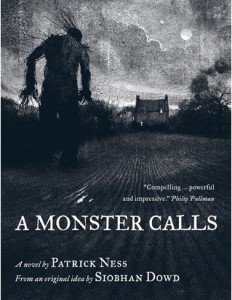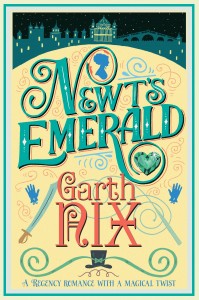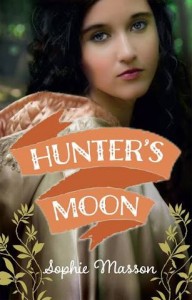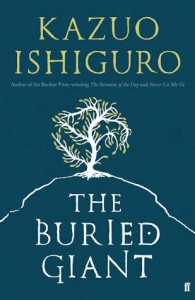 How easy is it to dip into a series where you haven’t read the first book?
How easy is it to dip into a series where you haven’t read the first book?
That’s what I had to attempt when I began reading ‘Night Country’ by Melissa Albert. Fortunately, there were prompts and explanations about the main characters and settings early in the story which didn’t seem out of place – more like recollections, which helped a lot without seeming out of place.
(Of course, I also had a look at online summaries of ‘the Hazel Wood’ to get a clearer picture of what preceded this tale.)
Thus, Alice’s adventures (no, not that one) and struggles made sense – caught between 2 worlds – Hinterland and the human world. But restless, she feels she doesn’t belong in either world, and has many unanswered questions.
It seems when Alice previously escaped the bleak world of the Hinterland (a world of dark and tragic fairytales in ‘the Hazel Wood’) she also made it possible for many others to escape as ex-Stories. Beacause of this, in the real world, there is an unease. Murders of Hinterland escapees occur around her. Macabre murders. With body parts removed. And one of which she is actually blamed.
This leads to Alice’s battle with Hinterland. She tries to unravel what is happening around her; things which are not allowing her to live a normal life in the real world.
It seems she can never escape Hinterland because she IS Hinterland.
Back in Hinterland, her rescuer and past love interest, Ellery Finch, attempts to get back to her in the real world of New York. A strange traveller guides him through many shadowy locations as the Hinterland world crumbles. It seems the traveller is interested in the many objects he had saved from the crumbling buildings of Hinterland. Some of these prove valuable to Finch.
I love that Finch communicates with Alice through letters in a book. After all, she occasionally works and refuges in a bookshop. And he is able to use a magical pen to write a love letter to her in the inside cover of ‘I Capture the Castle’ – the only book he’d taken from Hinterland. However, the intricate ways these letters are delivered to Alice are dependent on where she is.
There is a lot of fantastic and supernatural activity that happens in ‘Night Country’. Melissa Albert has not only built many different worlds but has created fantasy characters with their own stories to inhabit them. Creative supernatural inventions, connections, openings and ways to travel between the worlds are scattered throughout this story, along with poetry and grim fairy tales and endings*.
How will Alice and Finch reconnect?
Are they simply implements in a bigger story?
What happens when worlds collide?
Here’s a review of ‘the Hazel Wood’ to give you some details of the first book (which I should have seen before reading ‘Night Country’) which might compel you to read ‘the Hazel Wood’ first:
The Hazel Wood series is a dark modern-day tale with creepy fairytale creatures.
Recommended for lovers of intricate fantasy. 14+
* There is a short story collection set in the same world – eagerly anticipated by Hazel Wood fans – ‘the original stories of Althea Proserpine (Alice’s grandmother) called Tales from the Hinterland – due for publication in 2020/21.
## Some graphic violence & language throughout.







